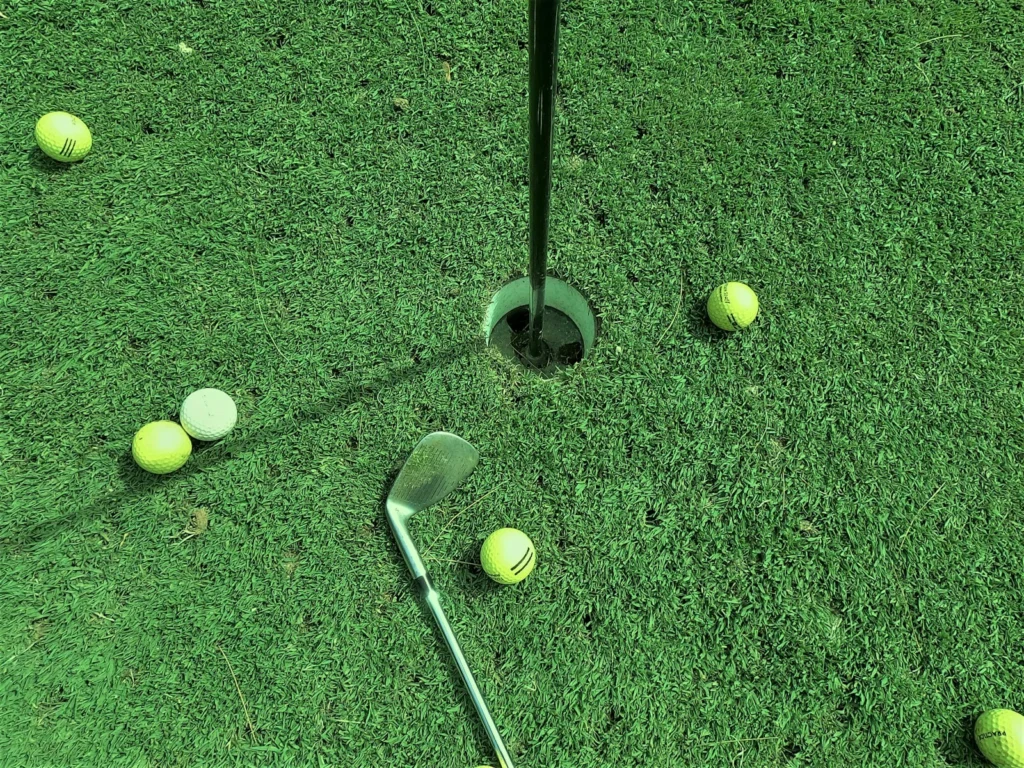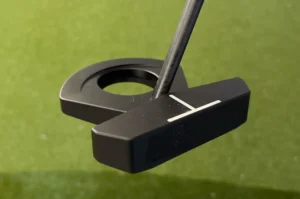Duck hook golf are a common frustration among golfers of all skill levels – let’s end the nightmare of the duck hook.
What Causes Duck Hook in Golf
A duck hook is a type of extreme hook shot that curves sharply from right to left for right-handed golfers (left to right for lefties).
This severe curve is caused by the clubface being closed relative to the swing path, with an inside-out swing path imparting substantial unwanted sidespin on the ball. The combination of a closed clubface and inside-out swing path is the root cause of duck hooks.
The closed clubface and inside-out swing create spin that curves the ball too far left (right for lefties). The ball literally ‘ducks’ in the air as it hooks hard left. Fixing this issue requires adjustments to both the clubface angle and swing path.
Duck hook Golf – How to eliminate it
1. Grip Adjustments to Open the Clubface
One of the easiest ways to combat a duck hook is to adjust your grip so the clubface is slightly open at impact. Here are two simple grip changes to promote an open clubface:
- Turn both hands into a more neutral position on the club. This means rotating the palms away from facing left so they face more towards the target. Your hands don’t have to be overly weak, just neutral enough to close the clubface.
- Weaken your grip by turning both thumbs more down the shaft. Pointing the thumbs down the grip prevents the clubface from closing too soon.
These subtle grip changes of having a more neutral and weaker hand placement promotes an open clubface that resists producing duck hooks.
2. Swing Path Adjustments
In addition to adjusting the clubface via grip, it’s critical to control the swing path when eliminating duck hooks. An inside-out swing path encourages duck hooks, so the goal is to shallow out the downswing.
Here are two keys to swing path adjustment:
- Feel like you are swinging the club back outside the target line on the downswing. This outside-in path squares the clubface.
- Incorporate drills like the pole drill that encourage widening the swing arc and shallowing the downswing.
With a wider, shallower swing plane, you deliver the clubface squarely at impact for straight shots.
3. Implement Changes Gradually
When making any major swing change, it’s important not to get frustrated or expect perfect results instantly. Adjusting your grip and swing path to fix duck hooks takes practice and patience.
- Make small, incremental changes to your grip and swing path during range sessions. Don’t overdo it.
- Don’t be discouraged if you still hit some duck hooks at first. Any progress is good.
- Stick with the changes for a few weeks to ingrain the new feels into your muscle memory.
With consistent practice and gradual tweaks, your duck hook woes will soon be gone for good.
Terms: incremental, patience, range, muscle memory
The dreaded duck hook can be conquered. A closed clubface and inside-out swing path create this dramatic hook spin. Adjust your grip to be more neutral and weak to promote an open clubface.
Widen your swing arc to shallow the downswing into an outside-in path. Implement these changes gradually through practice and drills. With persistence, you’ll be hitting powerful draws and fades instead of duck hooks in no time.
Now you can confidently eliminate frustrating duck hooks for good.








